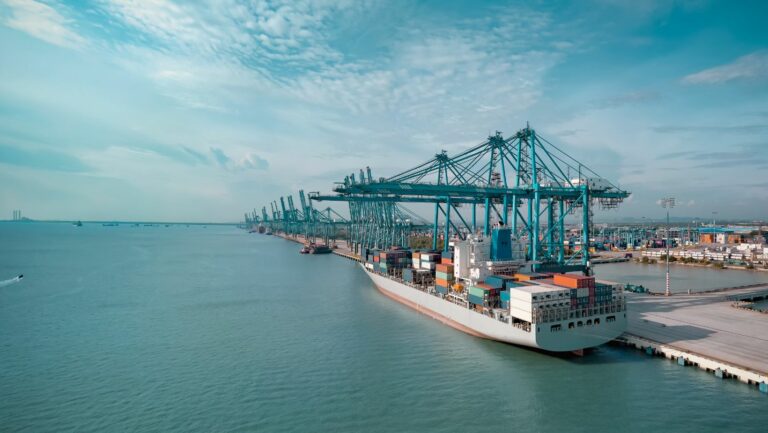What Are the Biggest Mistakes in Your Tariff Classification?
In 1988, the World Customs Organization (WCO) with 179 member countries established the Harmonized Commodity Description and Coding System (HS). Written in outline form, the HS is an internationally standardized system of names and numbers with 99 chapters and 5 volumes of explanatory notes.
The importer of record has ultimate responsibility for correct product classification. The biggest mistakes in HS tariff classification come from improperly classifying your product; not staying up-to-date with tariff law changes; not properly vetting your customs broker or providing the broker with incorrect or insufficient product information.
Currently, about 280 countries use the HS which not only determines a product’s duty rate but also its import and export acceptability, and whether it is subject to physical examination. While the first 6 digits of the HS code denote the same product description for all member countries, individual countries or trade agreements specify custom duties for more than 5000 commodities. The information supplied by the importer is the basis for determining duty liability.
Although customs officials conduct certain checks when importation occurs, it is more likely that these checks happen months or years after custom clearance. If customs find errors in your HS tariff classification at this later stage, they can reclaim unpaid import duties for past import activities. This can lead to severe financial consequences for importers including unforeseen additional costs related to goods already processed or sold in previous years.
When importers misclassify their product, they may end up overpaying duties and taxes making a product less competitive. Misclassifications can also cause delays when customs puts holds on goods or forces extra inspections. Some countries require importers to submit codes to related government agencies before goods can proceed. Mistakes in HS Code Submission lead to higher levels of scrutiny in the future.
Despite having over 10,000 specific product categories in the HTS, there is considerable room for interpretation and contested classifications are common. Since the HTS classifies goods according to their imported state, changing the finished state into a different form may prove advantageous. For example, goods in kit form may qualify for a lower duty rate than shipping separate parts, or vice-versa and slightly modifying your finished product may place it in a different tariff category.
Since many products can fall under two or more headings at the 4-digit level or subheadings at the 6-digit level, CBP may disagree with the importer’s or broker’s HS tariff classification and reclassify it at a higher rate. This may happen when an import is classifiable by both its intended use or by the materials composing it. In this case, the importer can object to the decision.
Thereafter, if the Court of International Trade (CIT) agrees with the importer’s classification, customs will refund the tariff paid on the goods at issue and the tariff on future goods will be lower. If the protest is timely and complies with 19 U.S.C. 1514(a), previously liquidated goods may also qualify for a tariff reduction. When properly performed, tariff disputes can result in major savings over the life of the import. Moreover, since air freight varies according to tariff rates, the importer may realize additional savings
On the other hand, many importers find it helpful to request the CBP or other government agency for a written classification ruling before shipping the product. To properly classify a product for customs, you should have a comprehensive product description, a sample or pictures and specifications or schematics.
Importers should periodically audit their products for revisions or improvements that may trigger classification changes sharing updates internally and with their customs broker.
In addition to the HTS codes, importers need to comply with 19 U.S.C. 1304 which requires that foreign products display a marking with the English name of their country or origin visible to the consumer in a casual inspection.








